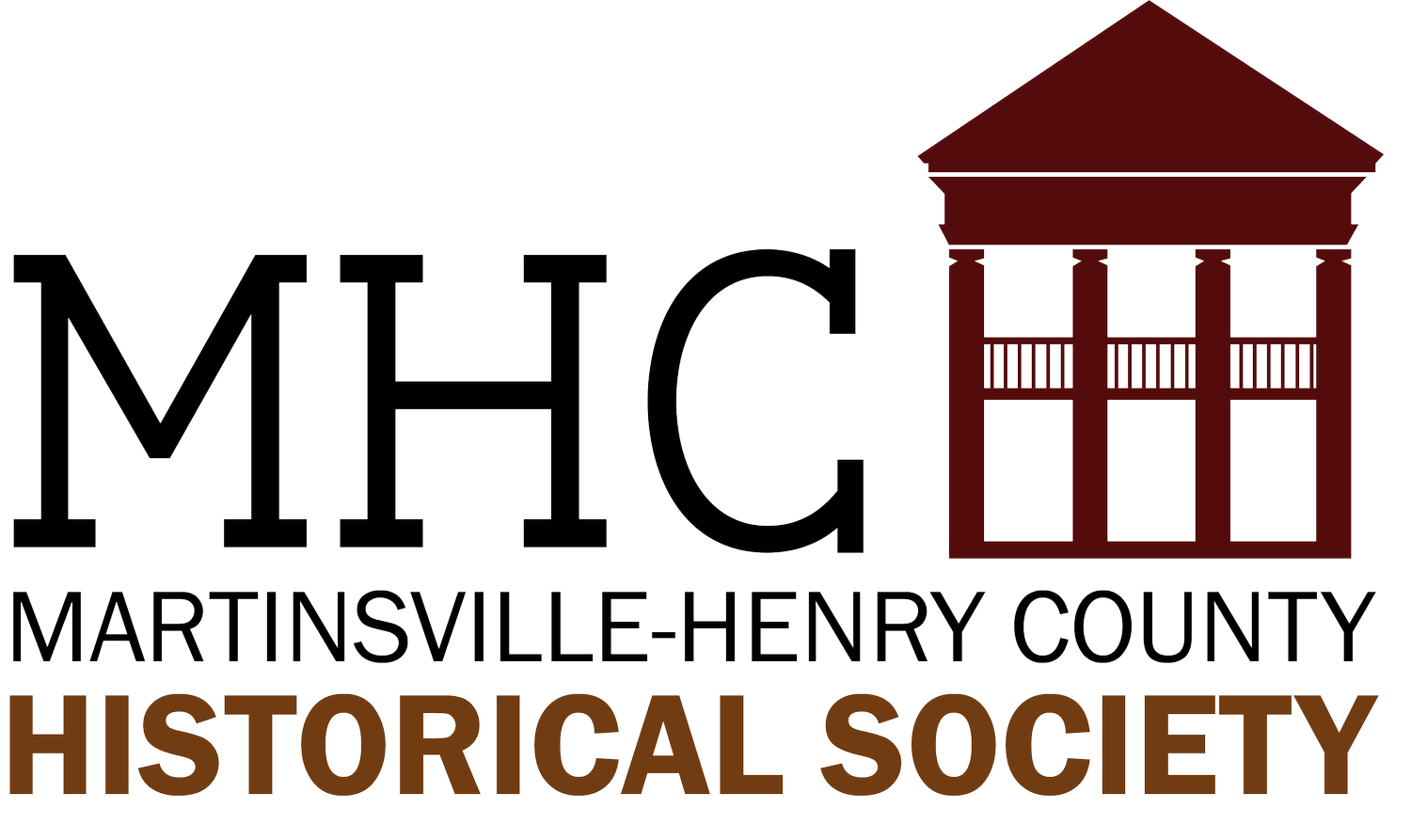The tobacco industry in MHC
By Steve Rucker, May 15, 2018
In Henry County, tobacco was the chief agricultural crop for nearly two centuries and was the backbone of the economy for almost 150 years. Henry County also gained worldwide distinction for its plug tobacco manufacturing.
Tobacco was considered the same as currency in Virginia and was used to pay taxes, traded for goods and services and valued as a major commodity. Substantiating this, county records show that our first county sheriff, Robert Hairston, was paid in part with tobacco. Tobacco held such importance that strict government regulations (1752 Acts of Assembly) were created to ensure the size of the container did not vary.
Tobacco was the money crop in Martinsville and Henry County even before the Civil War. Grown on local farms all over Southside Virginia, it was hauled by wagon or rolled in hogsheads to market. Backyard factories making plug tobacco began to rise up around the farms, creating may communities such as Spencer, Figsboro and Leatherwood.
Once the Dick & Wille Railroad came to the area in 1882, many factories move to Martinsville, and several leaf auctions sprang up. Franklin Street was the hub of activity on the days farmers brought their crops to market (Banner Warehouse was on Franklin Street, backing up to Ford Street, on the area that now is the parking lot below the Black Box Theatre. It was destroyed by fire in 1929.)
In 1792, B. F. Gravely and Sons built a factory in Leatherwood. Benjamin Gravely is credited with adding the essence of licorice to improve the flavor of plug tobacco. Around 1800, Gravely became world famous as a processor of plug tobacco.
John Turner established a factory in Figsboro to make chewing tobacco. H. C. Lester purchased Turner’s entire interest and continued the operation in Figsboro until the railroad came to Martinsville, when he decided to move the business into town. Their brand name was Lester’s Fig. In later years George Tilden Lester was credited with developing mass production cutting and pressing machine that made plugs uniform in size and weight.
Spencer was formed as a village around a tobacco factory operated by D. H. Spencer and Son, who were well known for the Calhoun and Old Crow brands. The Spencers were the first to make their own boxes for the shipment of their product. It is also believed that R. J. Reynolds got the idea for tobacco from D. H. Spencer.
Fredrick Rives Brown and his son came to Martinsville in 1882 to manufacture tobacco. They moved from Franklin County to Edgewood (Stanleytown) and operated a factory there until moving to Martinsville. The Brown name and Henry County tobacco became world famous in 1840. Brown’s Log Cabin brand was the grand prize winner at the Jamestown Exposition in 1907 and also at the World Fairs in Chicago and St. Louis.
Tobacco also played a leading role in the development of Ridgeway. Before the Civil War, goods were flat-bottomed up the Dan River to Leaksville and hauled to Ridgeway, making it a major business center for the county. After the Civil War, the area collapsed, until George O. Jones began the manufacturing of plug tobacco and spent his fortune building the town back. Some of his well known brands were Henry County, Bomb Proof and Jones Extra Fine Plug.
Another well-known company was Penn & Watson. Their best brand was Little Edwin, named for their two sons. Penn was a familiar name in the business, as this family had operated a factory in Patrick County before moving to Reidsville, N.C., where they started what would later become the American Tobacco Company.
By 1900, the Martinsville-Henry County area boasted two cigar factories, fifteen manufacturers of prize-winning plug tobacco and snuff by-products and six dealers in leaf tobacco. Additionally, the area had two auction warehouses in operation and a service industry manufacturing boxes and packing for the shipment of the products.
Finally, by the early 1900’s the tobacco industry was changing. Plug tobacco had given way to the cigarette and by 1905 one of the largest remaining manufactures, The Rucker-Witten Tobacco Co. in Martinsville, was bought out by R .J. Reynolds. The Rucker-Witten Tobacco Co. itself was the product of combined firms. In 1907 R. J. Reynolds made a controlling interest purchase in the D. H. Spencer and Sons operation in Martinsville. By 1920 the Plug Tobacco manufacturing business had all but vanished from the area and was being replaced by new industry.
To learn more about the rise and fall of the plug tobacco industry, visit the Martinsville-Henry County Historical Society displays located in the Heritage Center and Museum in uptown Martinsville.
